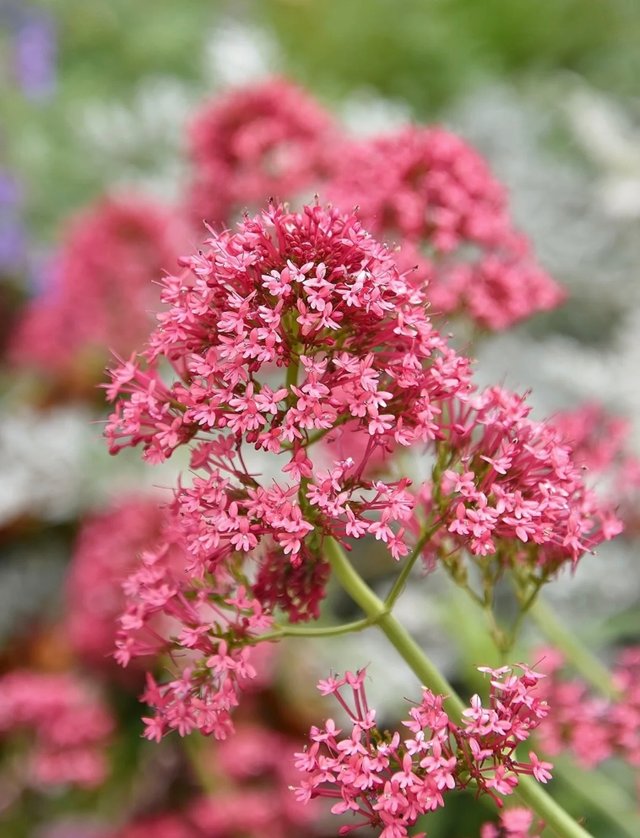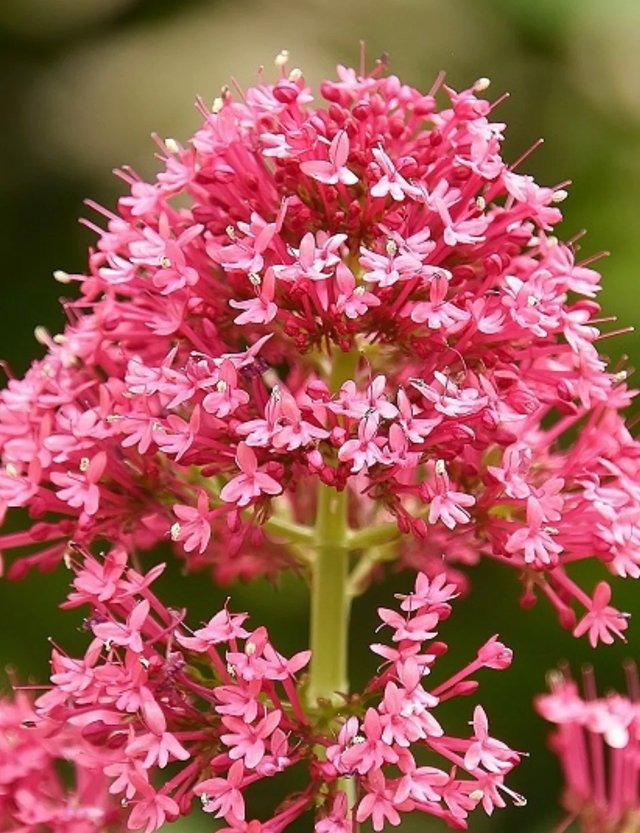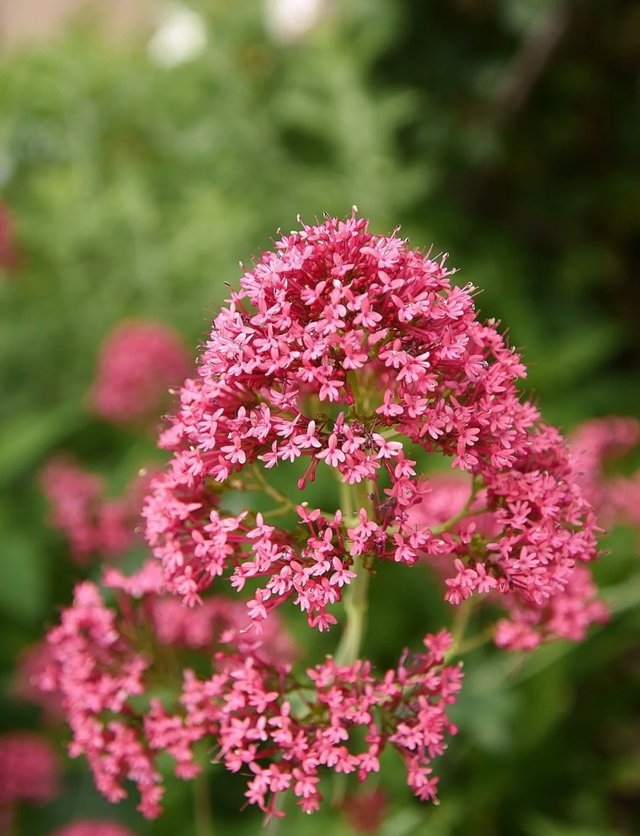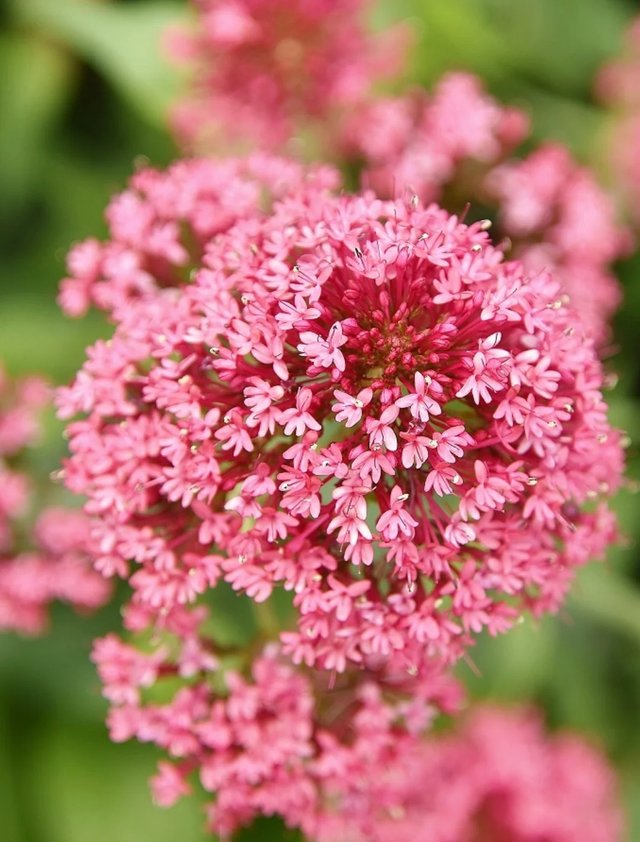Exploring the Valerianaceae Flower
Among the many remarkable plants that grace meadows and gardens around the world, the Valerianaceae flower stands out—not only for its delicate beauty but also for its centuries-old reputation as a natural remedy. Valerianaceae, once a distinct plant family, is now classified as a subfamily within the Caprifoliaceae.Despite the shift in taxonomy, the flowers and plants within this group have retained their significance in both horticulture and herbal medicine.
The most well-known species in the Valerianaceae group is Valeriana officinalis, commonly known as Valerian. Native to Europe and parts of Asia, valerian plants thrive in temperate climates and are often found in damp meadows, riverbanks, and woodlands. The flower heads are small, sweet-scented, and typically white or pale pink, blooming in late spring to early summer.Valerian flowers are arranged in loose clusters (cymes) atop tall stems that can reach 1.5 meters in height. Despite their dainty appearance, these blooms are supported by strong rhizomatous roots that are the true powerhouse of the plant.
Valerian is one of the oldest herbal sedatives used in traditional medicine. The roots of the plant—not the flowers—are the part most commonly harvested and processed for their calming effects. However, the flowers themselves are aromatic, attracting pollinators and occasionally used in herbal teas for their mild calming aroma.Valerian root is famous for promoting deep sleep and is often found in teas, tinctures, and capsule supplements. It’s considered a mild alternative to pharmaceutical sleep aids.




